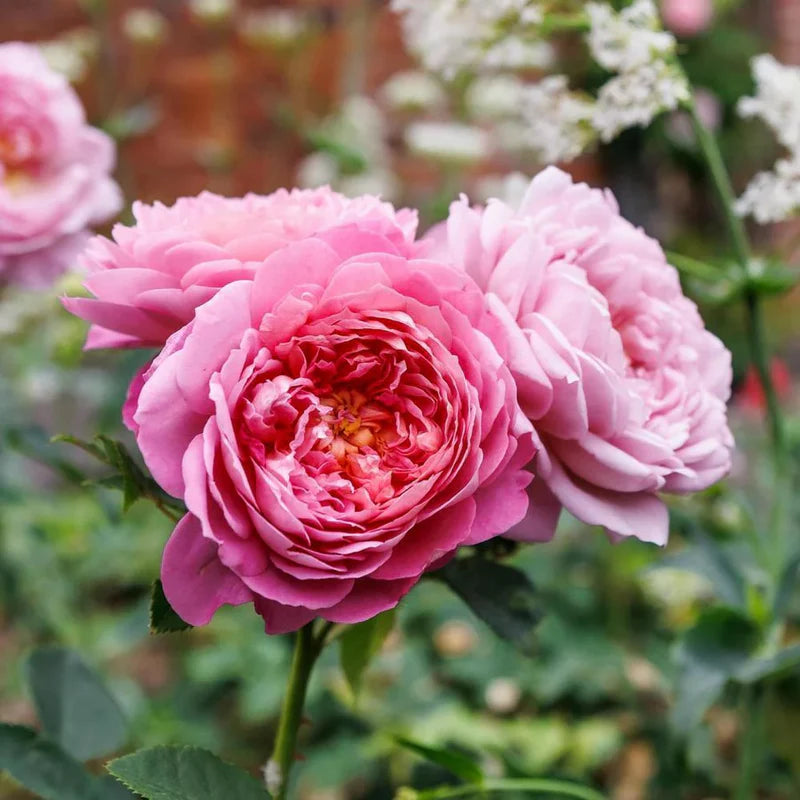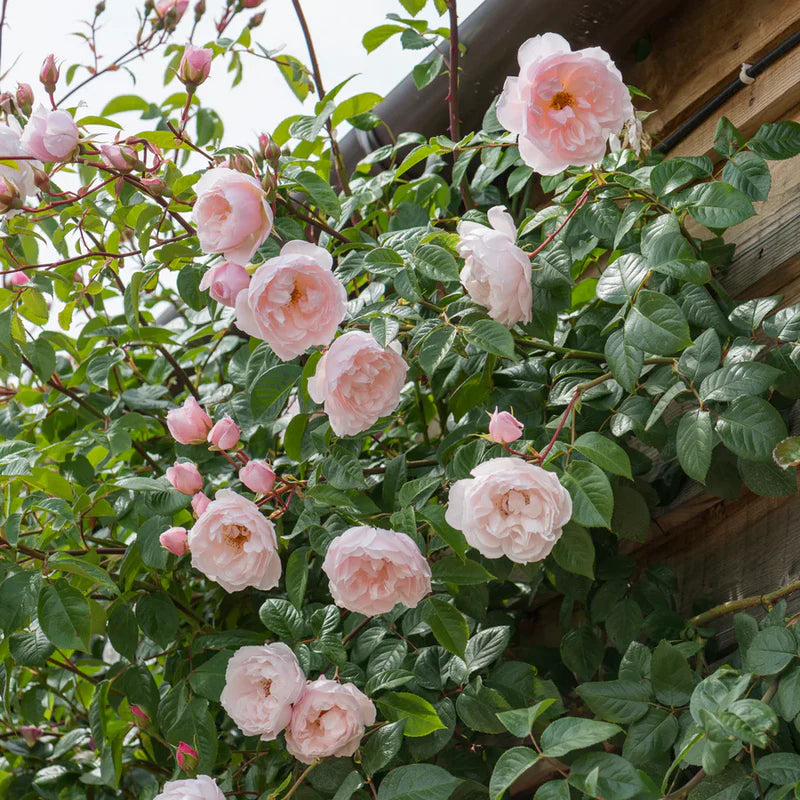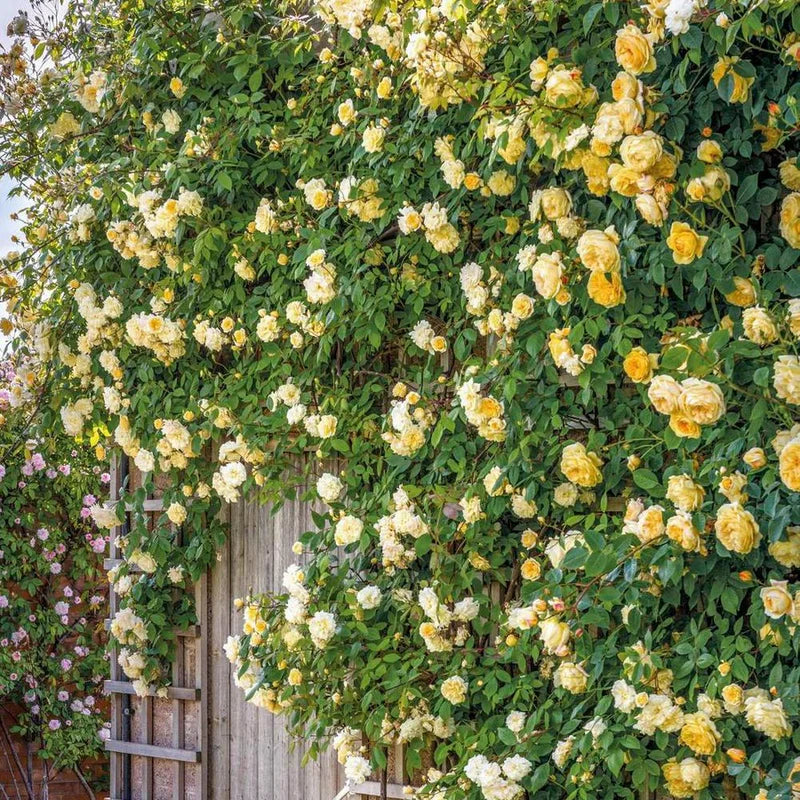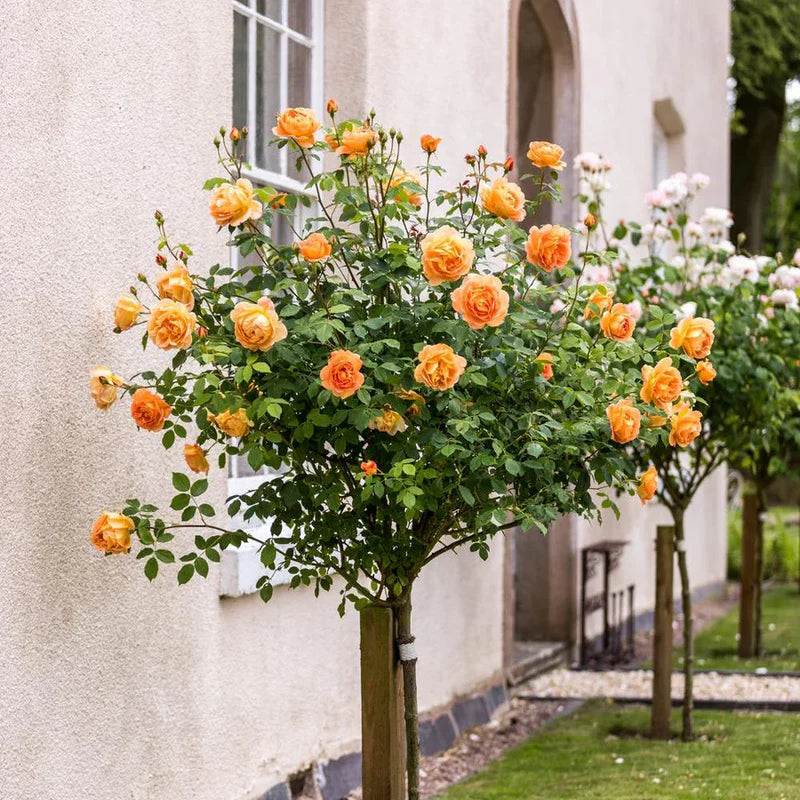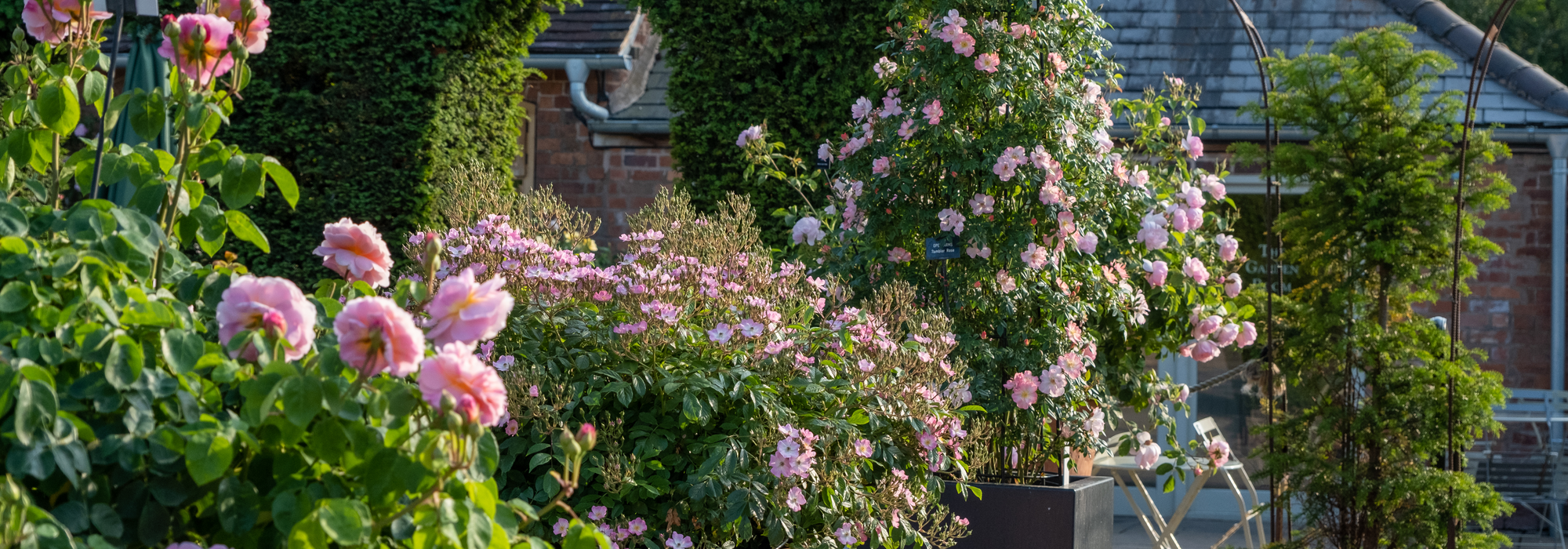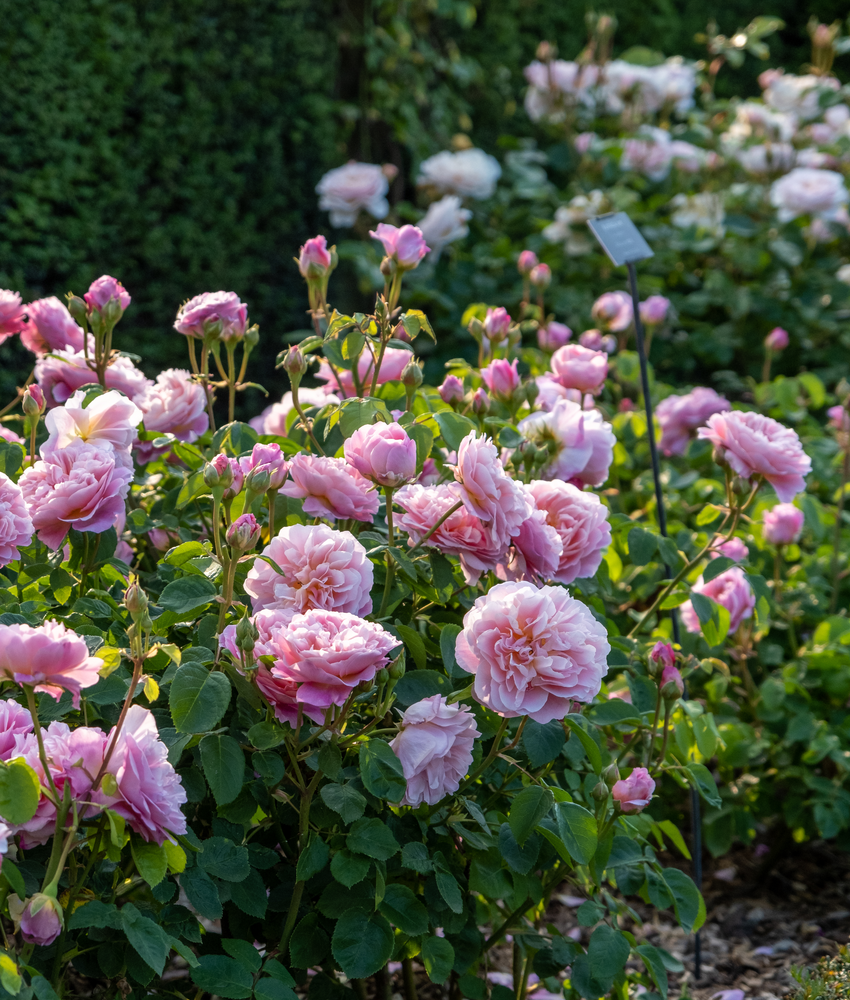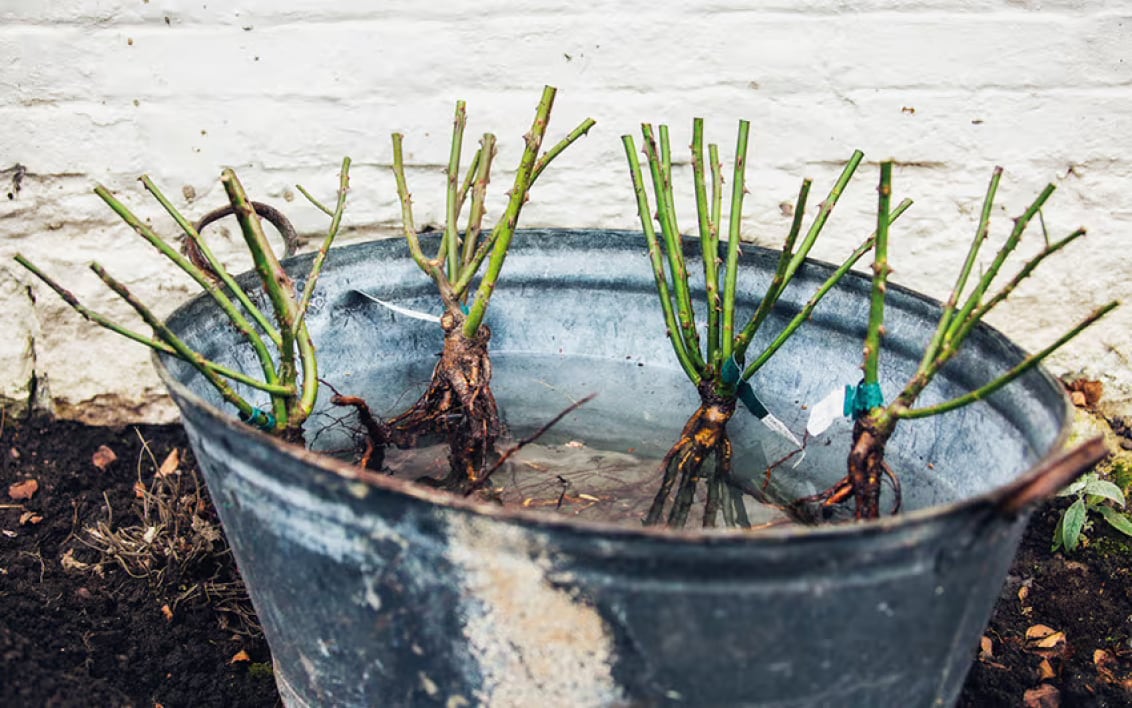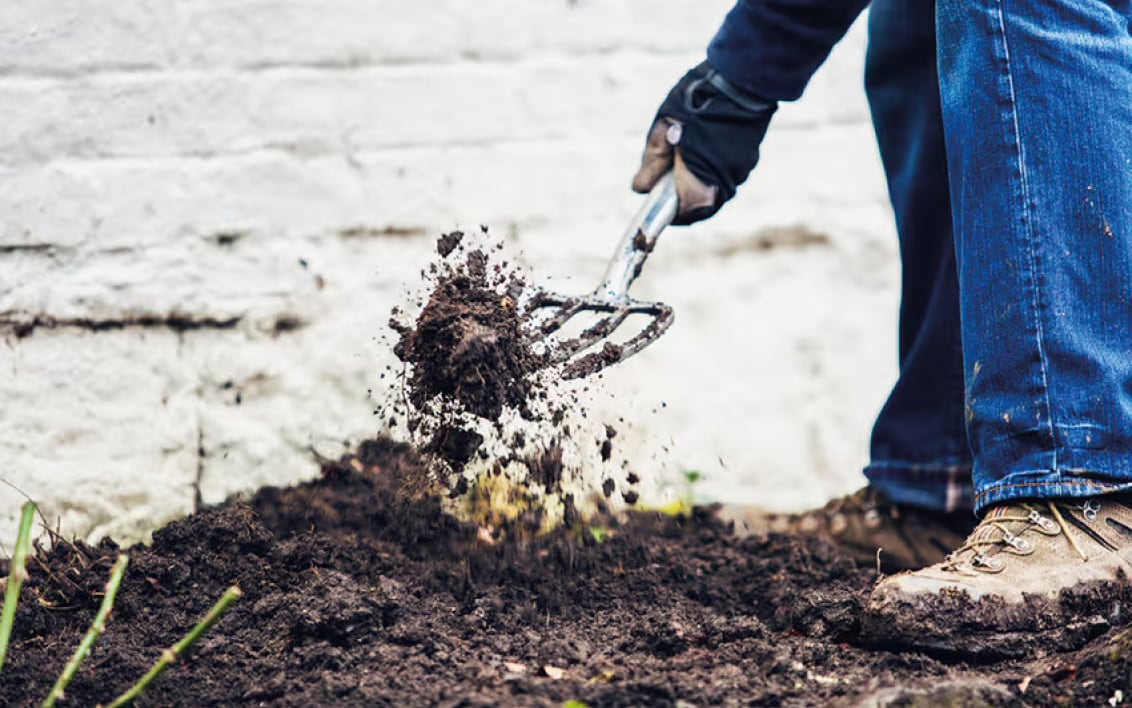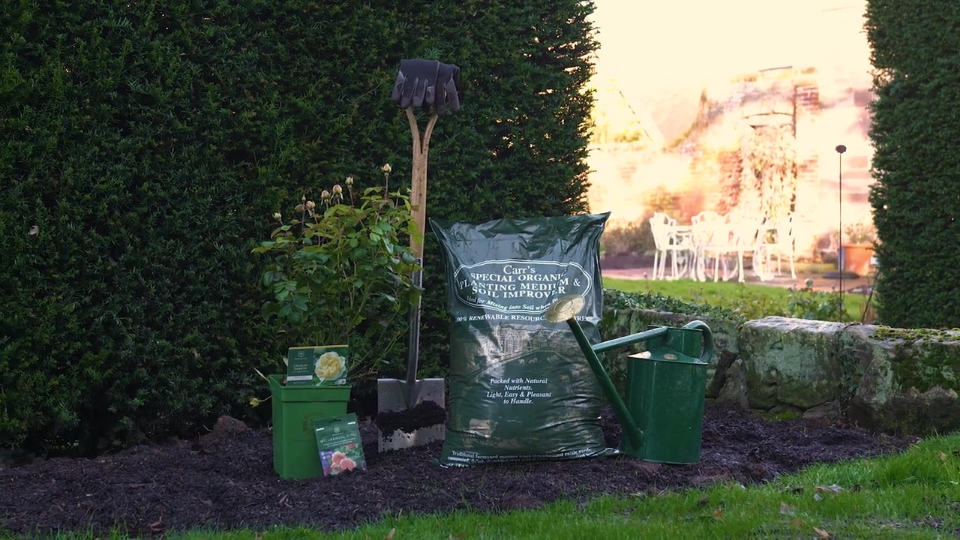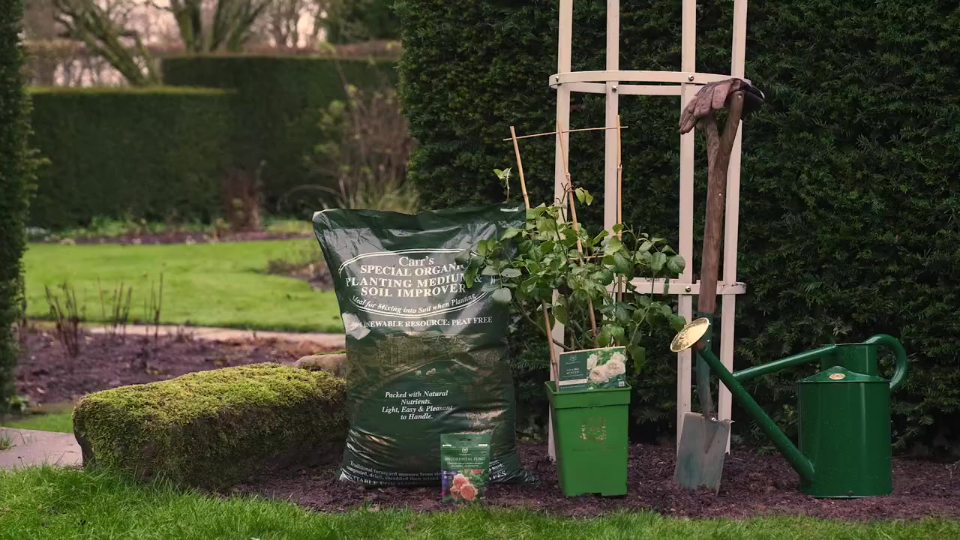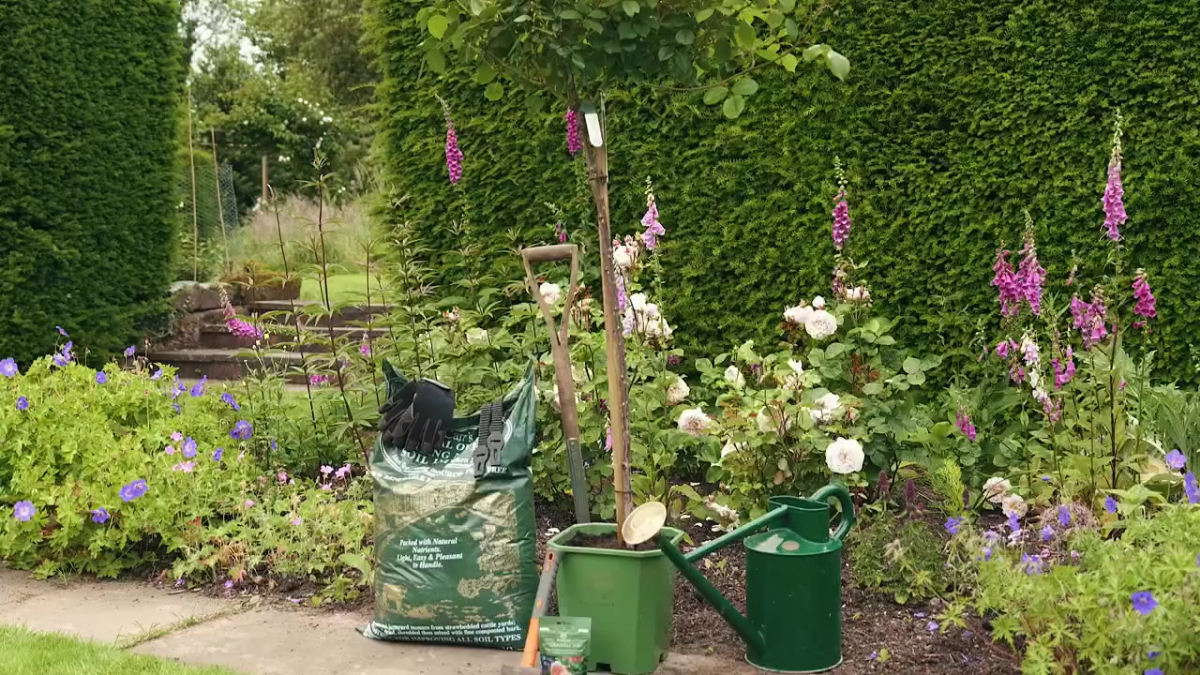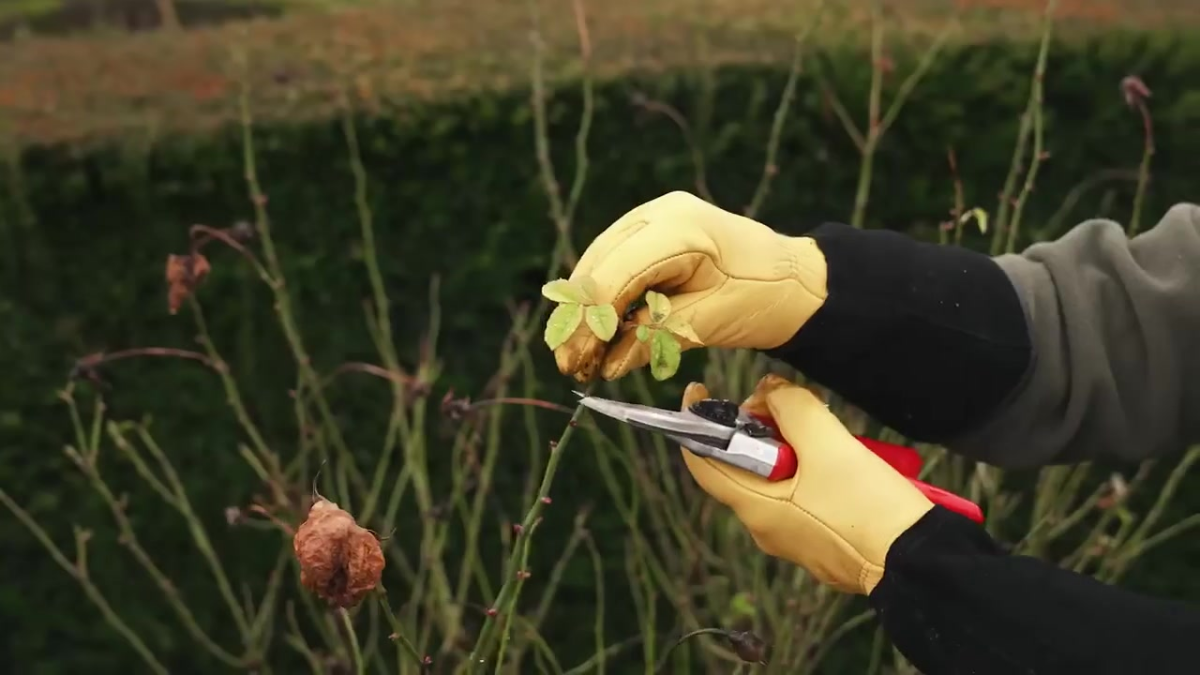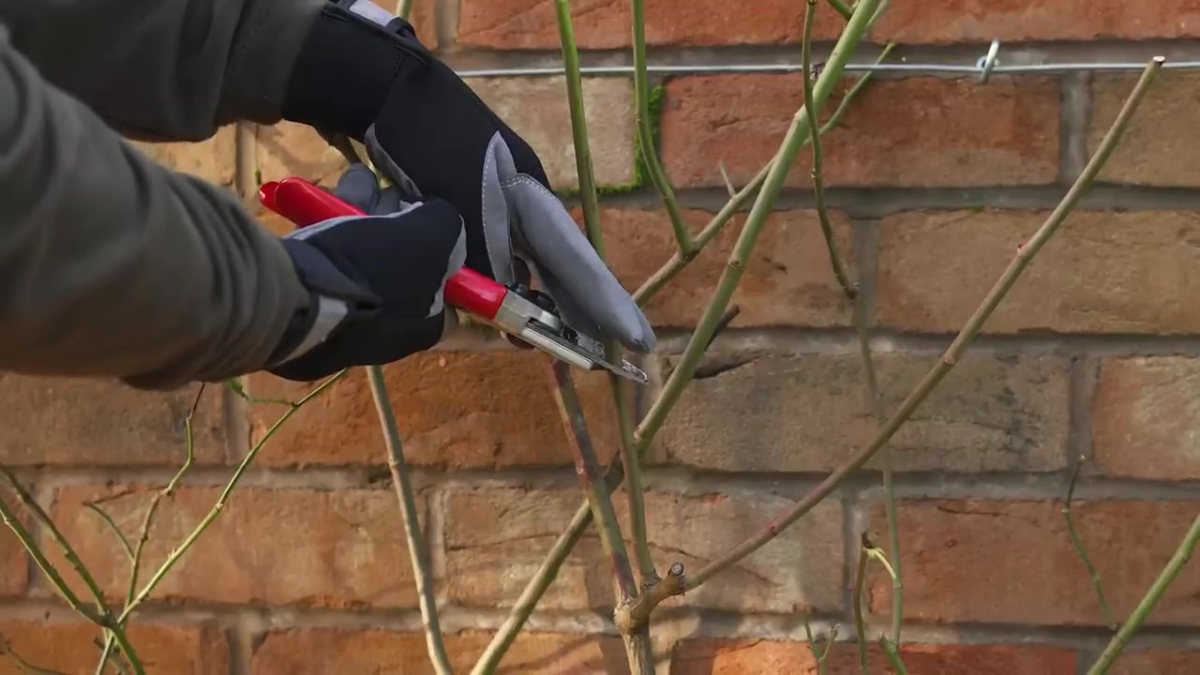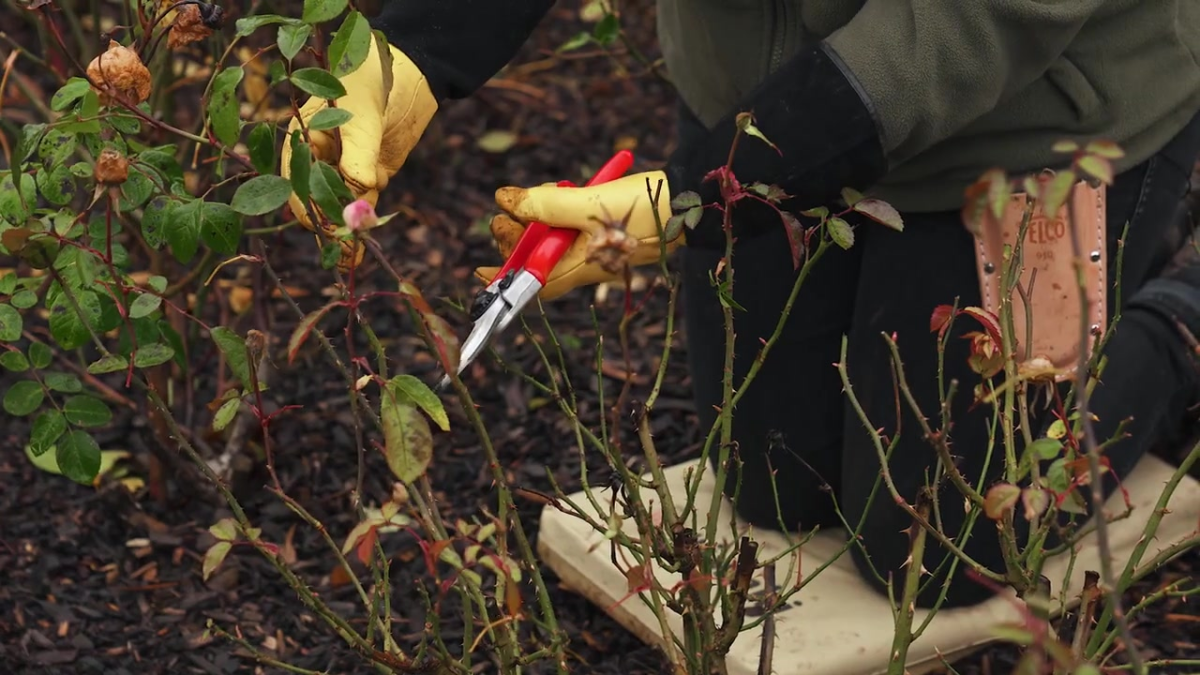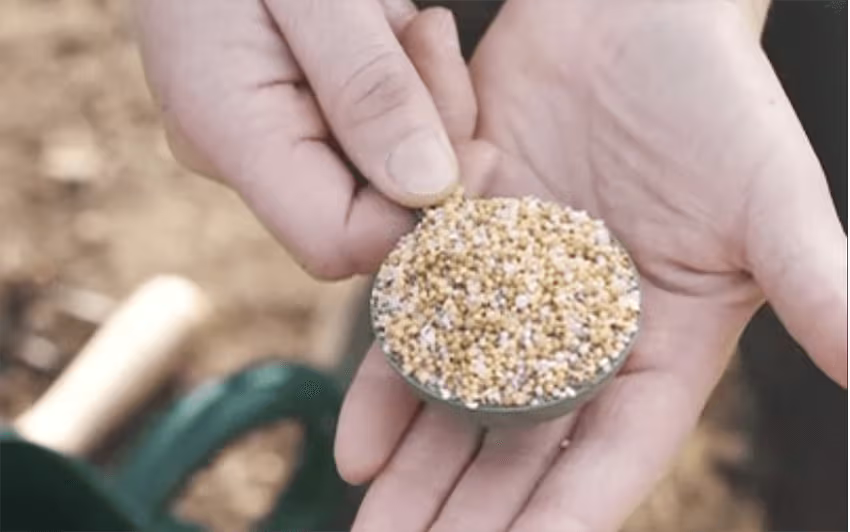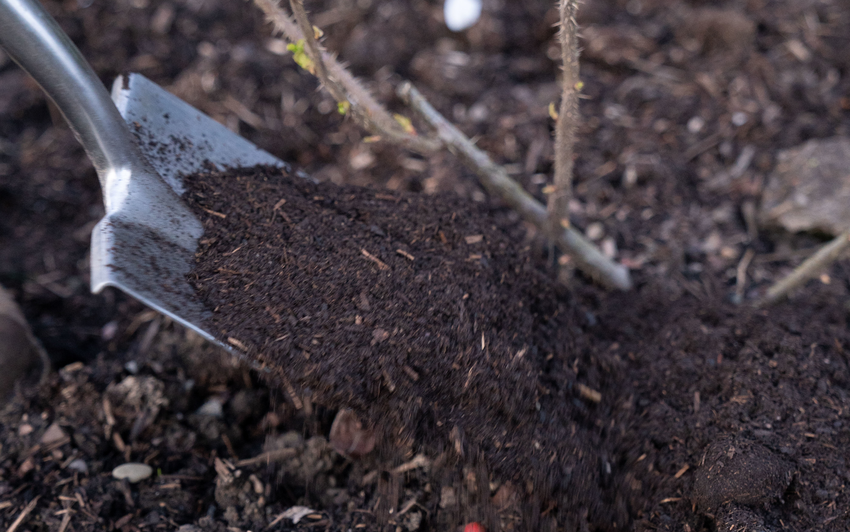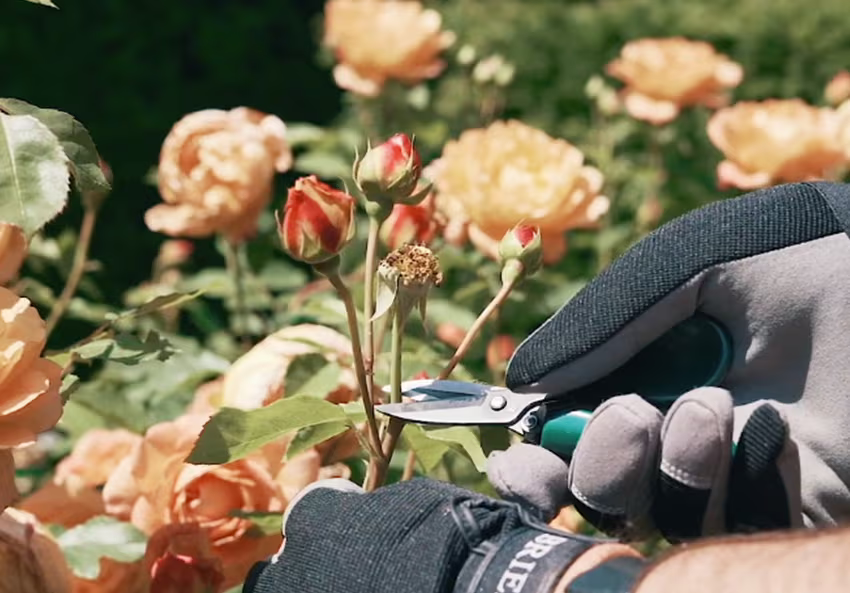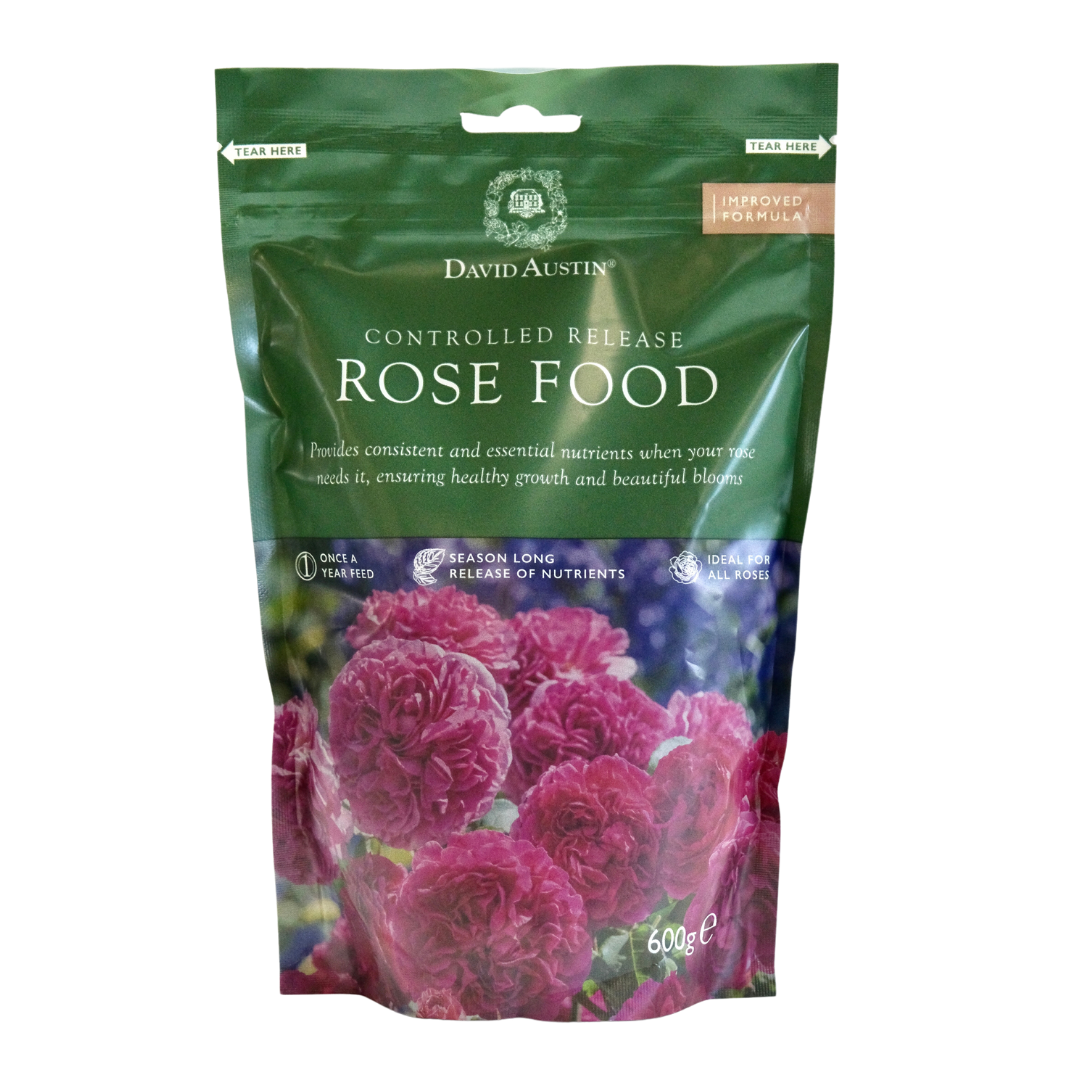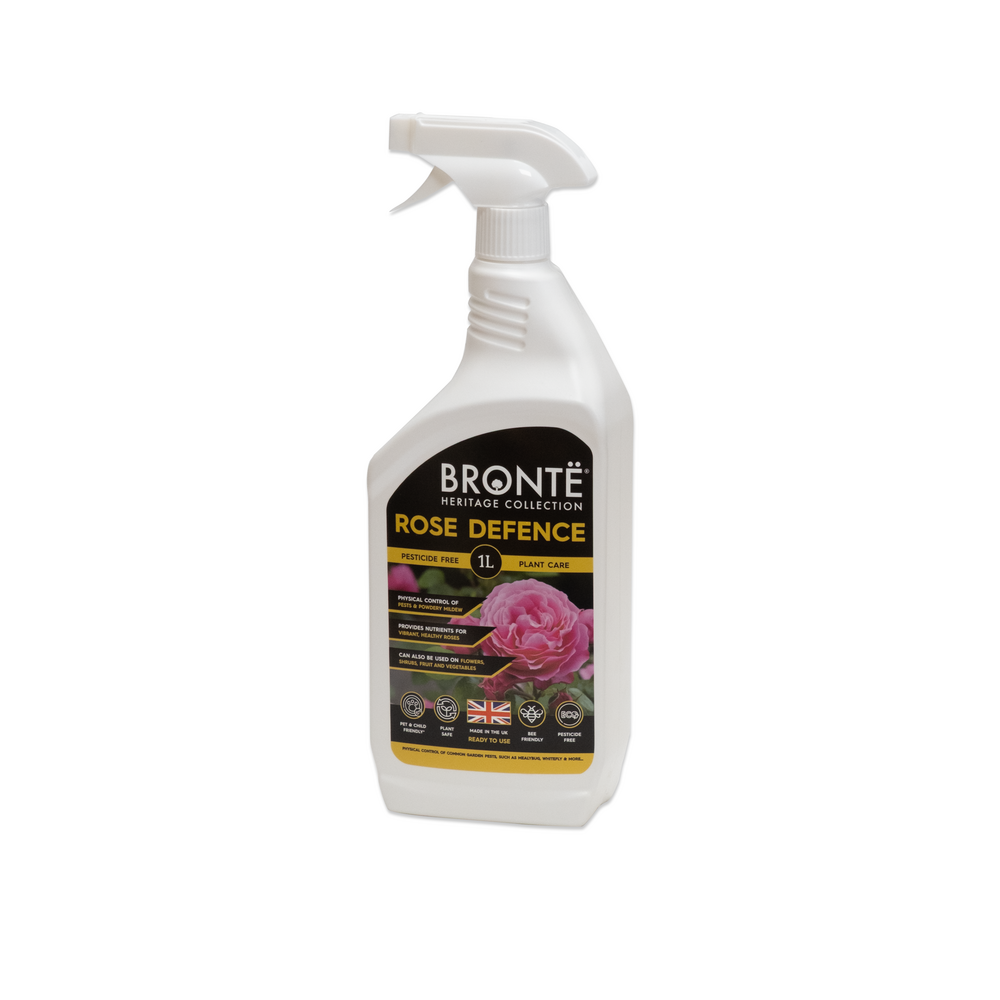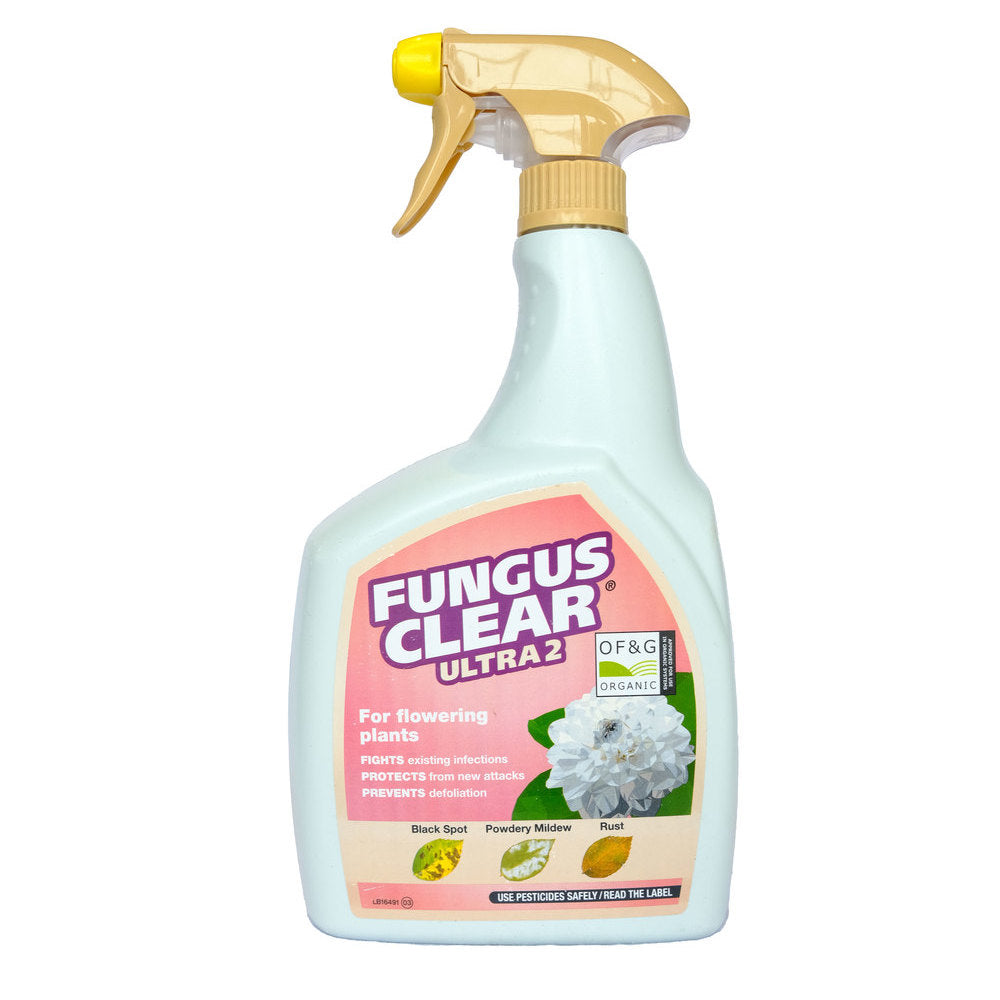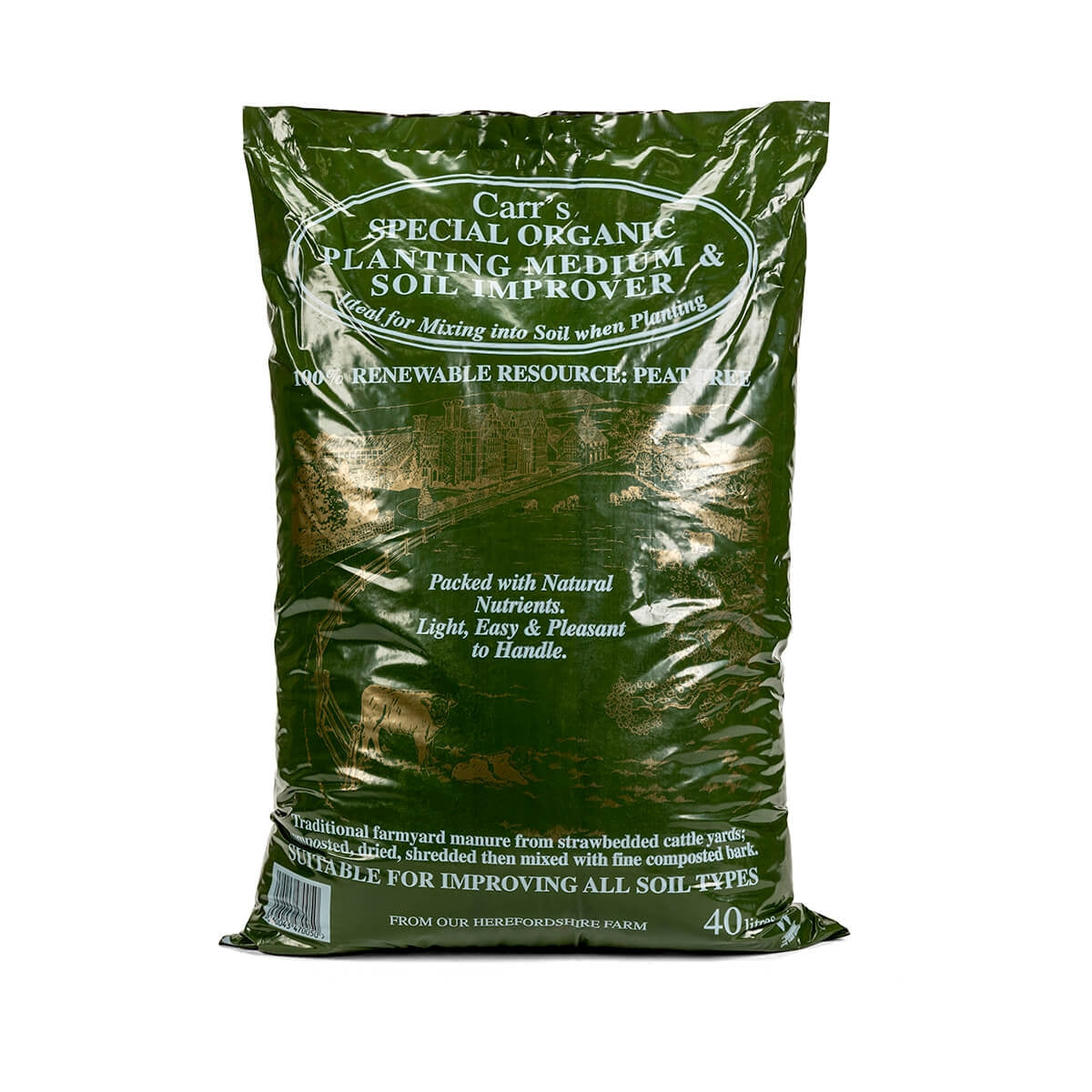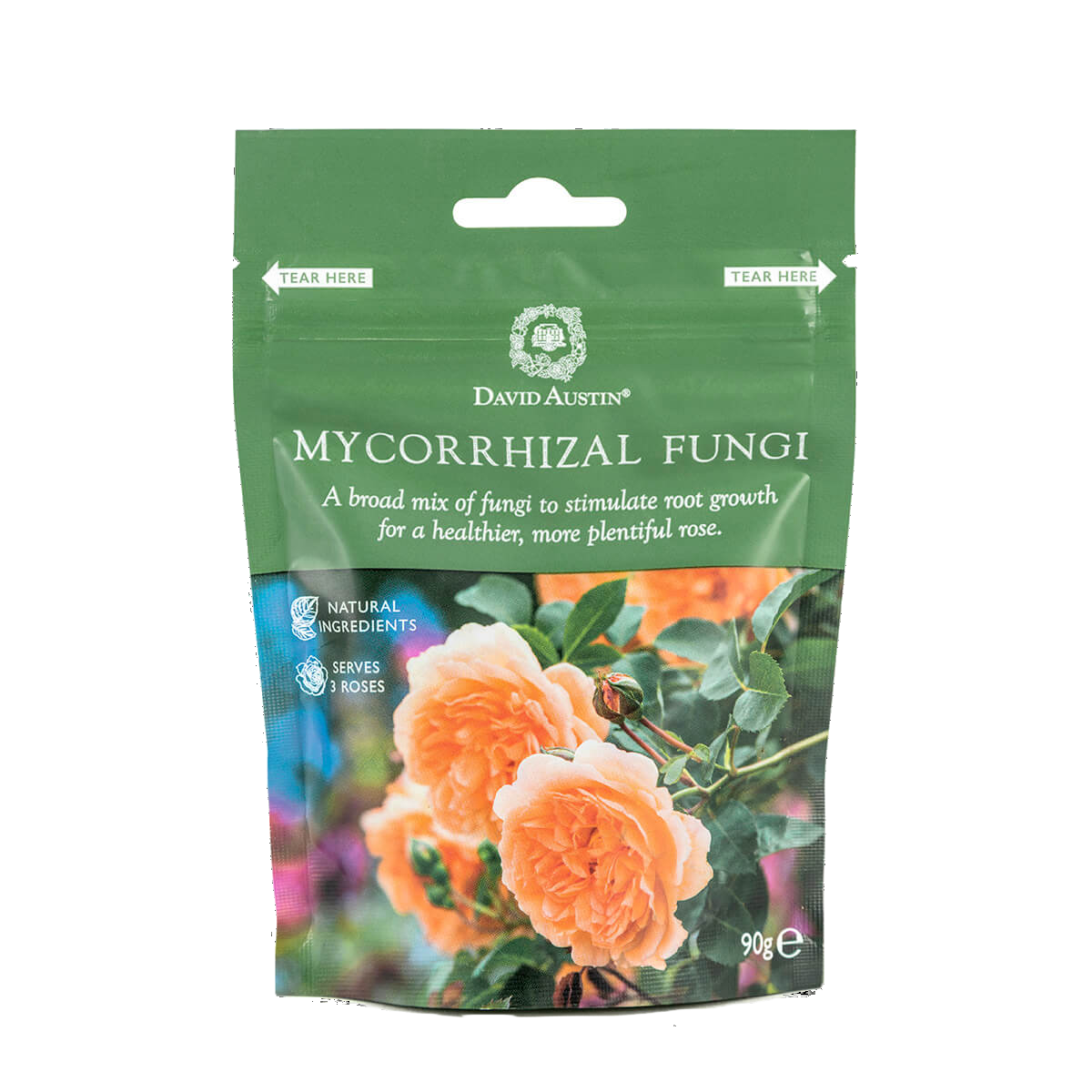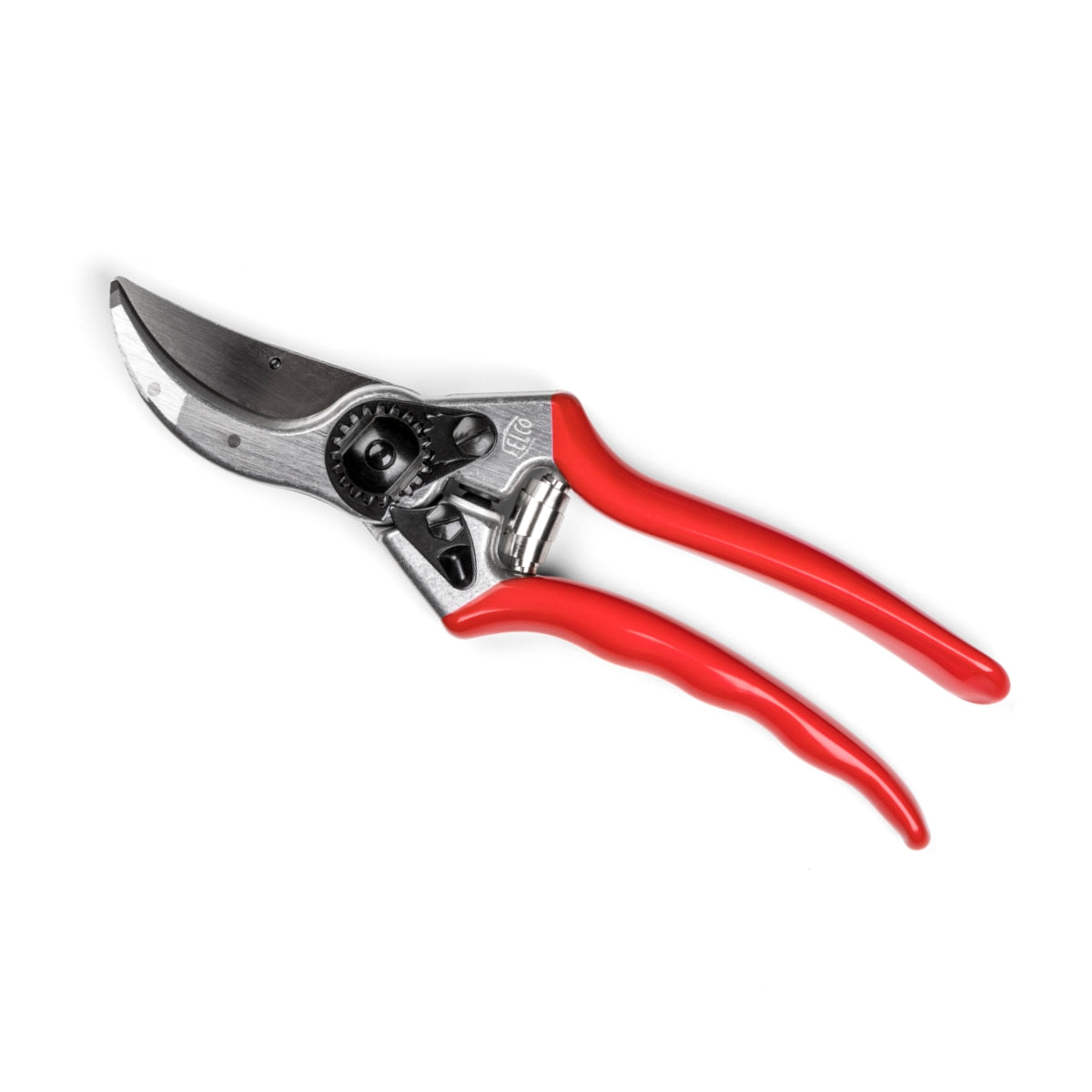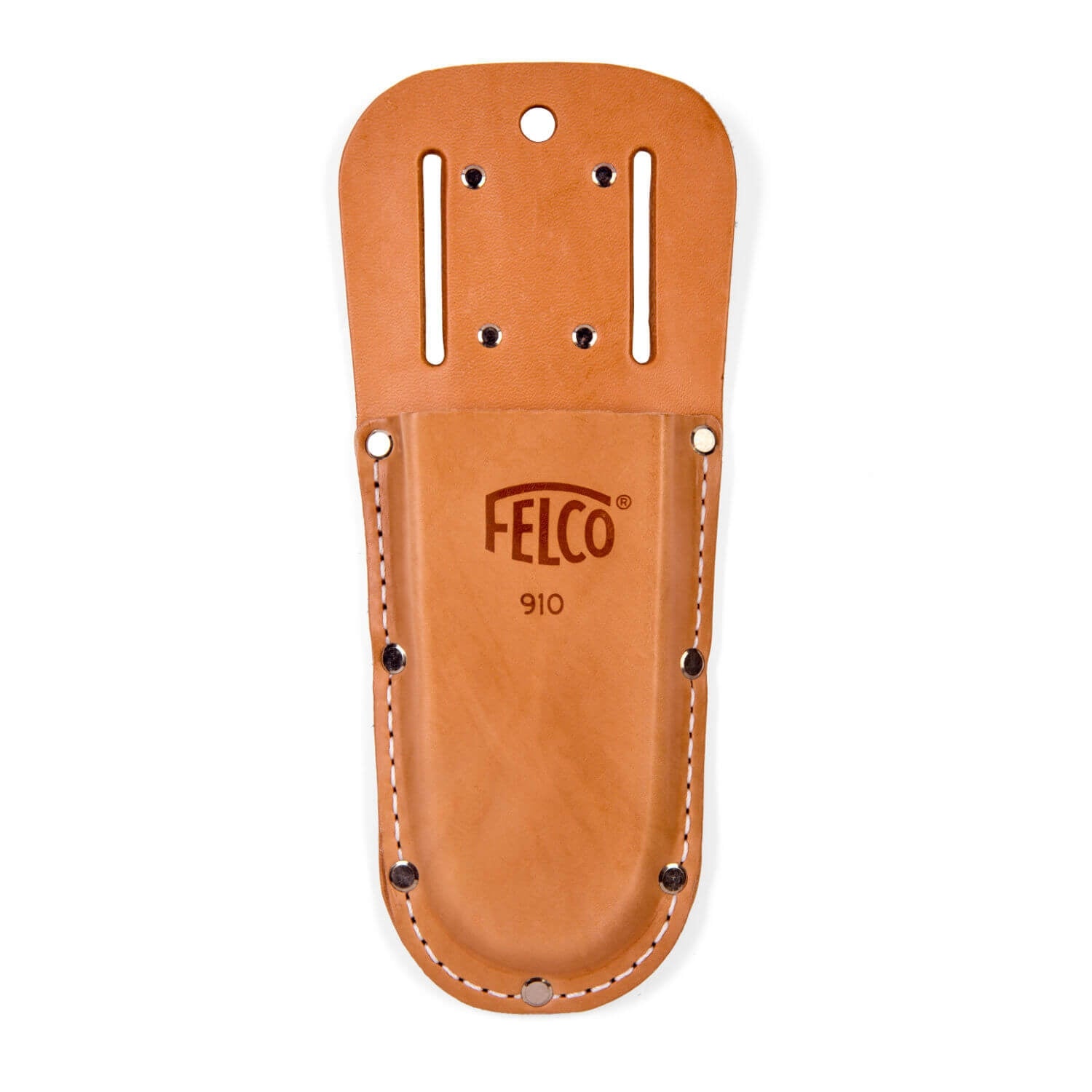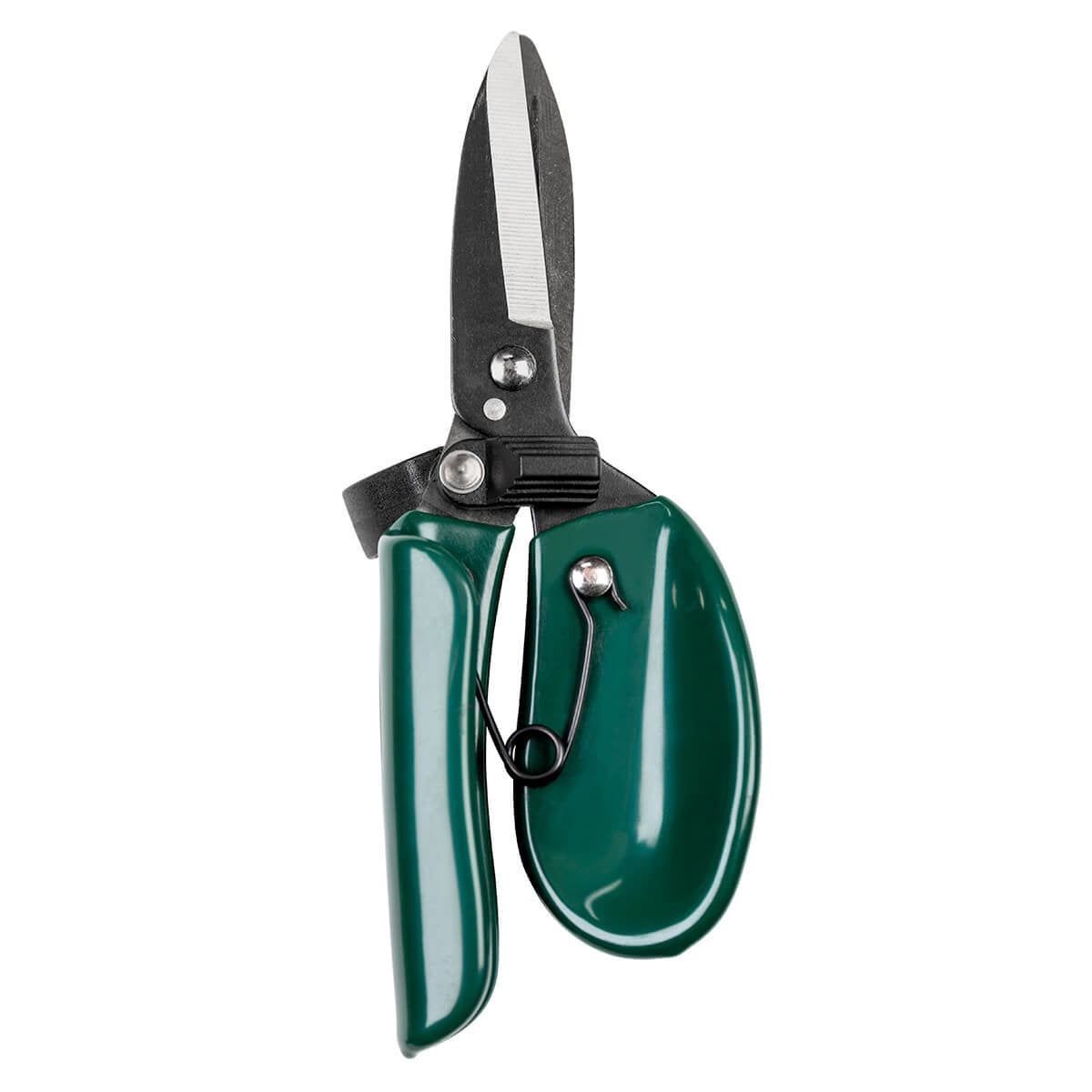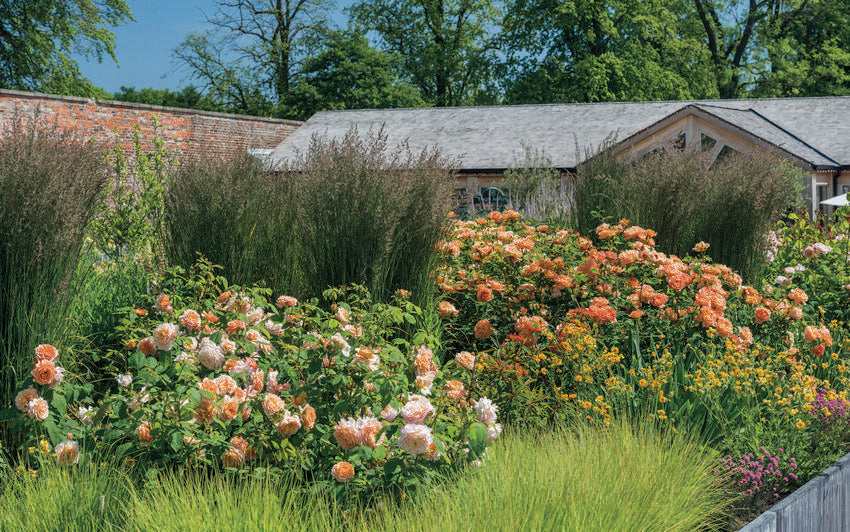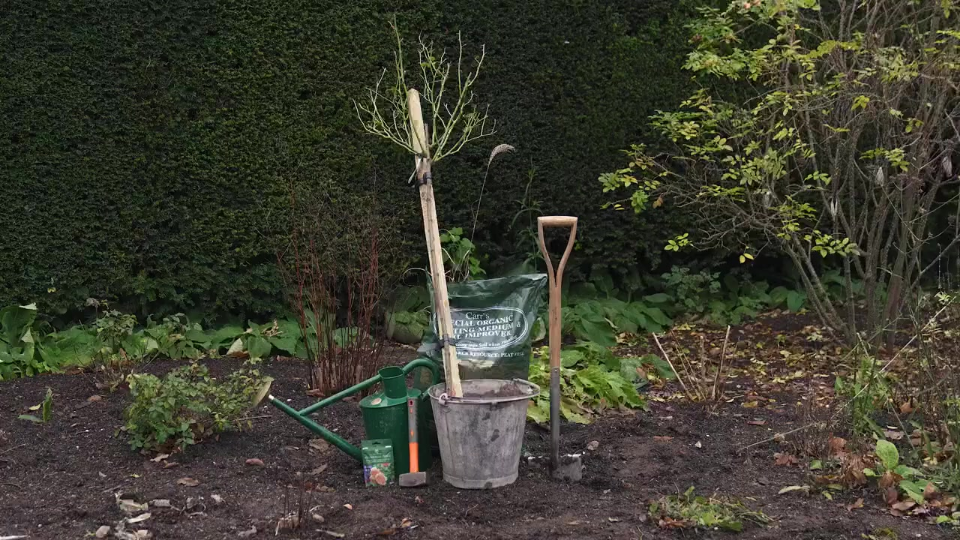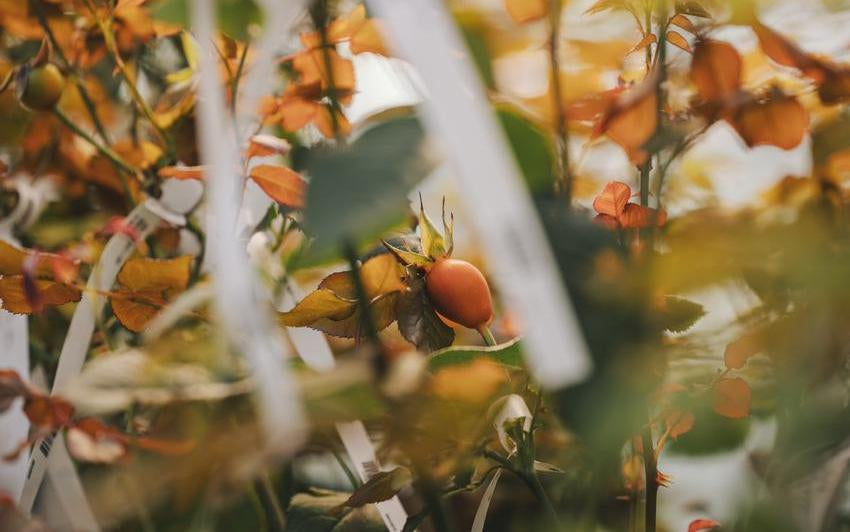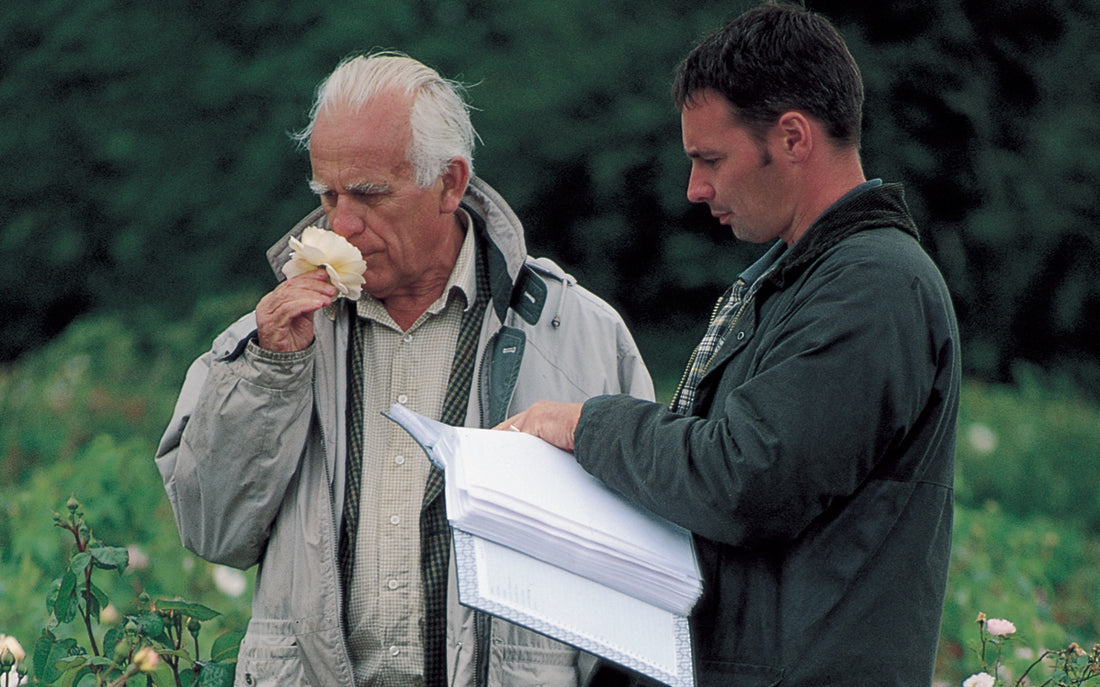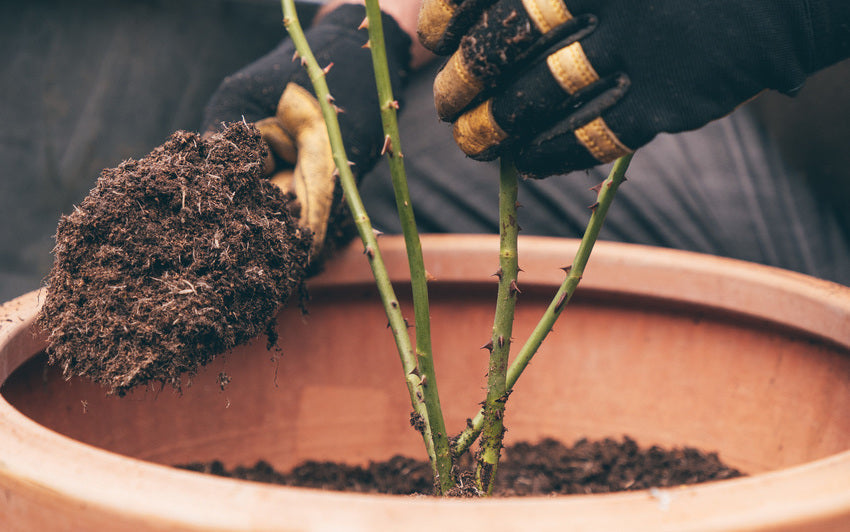Simple rose care advice and information to help you grow roses, whether you are new to rose growing, or a seasoned gardener, we have all the information and products you need to get your roses planted and thriving.
Below you will find links to articles with videos and step-by-step guides to planting different types of roses in both bare root and potted form, depending on the season. Bare Root Roses can be planted from November to April whereas Potted Roses can be planted all year round; our largest selection of potted roses is available from May until September. We recommend that you don't plant roses when the ground is frozen, water-logged or during a drought.
Ensure plenty of sunlight:
Roses thrive on direct sunlight. For best results, a minimum of four hours of direct sunlight is recommended. However, even when planted against a north wall roses can still perform well. To see a list of roses suitable for shaded areas click here.
Avoid intense competition from other plants:
The closer you plant your rose to other plants, the more competition there is for moisture and sunlight. For best results, plant your rose 3 feet (1m) away from other plants and 2 feet (60cm) from other roses. Avoid planting a rose under an overhanging tree branch.
Avoid very exposed, windy sites:
Strong winds can cause the base of the rose to loosen in the soil. This will result in your rose rocking in the wind which will lead to it growing at an angle, which in extreme cases will kill it. To prevent this, ensure you follow our planting instructions. If you find this problem with a rose you already have, make sure you firm the soil around it. In some cases a stake may be necessary.

